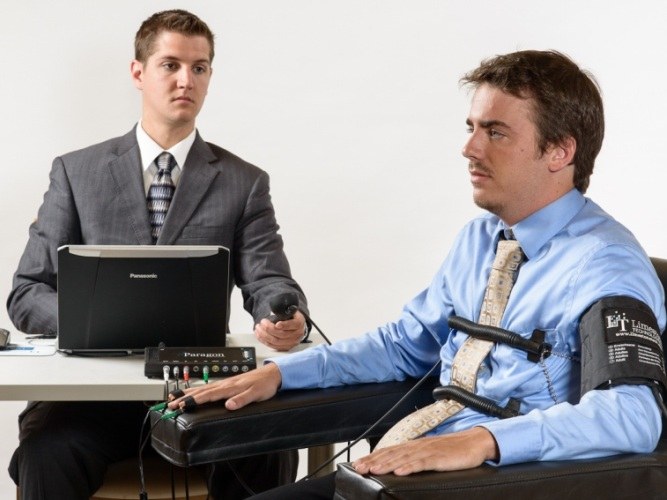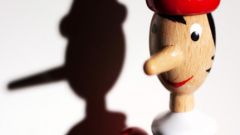The polygraph as a lie detector
What is a polygraph? This is a complex and high-tech device with which you can record a variety of physiological parameters: heart rate and respiration, blood pressure, galvanic skin response and so on. The testing procedure is completely painless, though it makes the test pretty worried for their fate.
The sensors are attached to human body parts undergoing test. This is sent to the computer, which draws some graphs. There is a specialist make their conclusion. Not everyone is a licensed therapist can correctly interpret the measurement results. As a rule, specialists to work on a polygraph subject to extensive pre-deployment training.
During the detector test the subject is asked a series of questions, most of which relate to the facts that are relevant to the case. It is believed that a person's reaction to relevant questions leads to a significant change of the measured parameters. Experts say that cheat smart device is almost impossible, even if the examination is a specially trained person who knows the principles of operation of the polygraph.
Why use the polygraph
The polygraph used today to solve a variety of problems. It is used in law enforcement to identify individuals involved in committing crimes. The results of the survey compiled an expert opinion, which, however, is not absolute proof of guilt, but is treated by the investigator and the court with the totality of the evidence in the case.
Extensive use of the polygraph in private business. In large corporations there are special departments, members of security services or personnel work. The polygraph assists in carrying out checks on loyalty, internal investigations and in proceedings of embezzlement within the company.
One of the trends in the use of the polygraph – examination of candidates for certain positions. Smart device helps to reveal the moral-psychological qualities of the personnel and to recognize those individuals that have the potential to enter the so-called "risk group". The methodologies used for these two purposes may differ significantly from the techniques used in forensic science.


